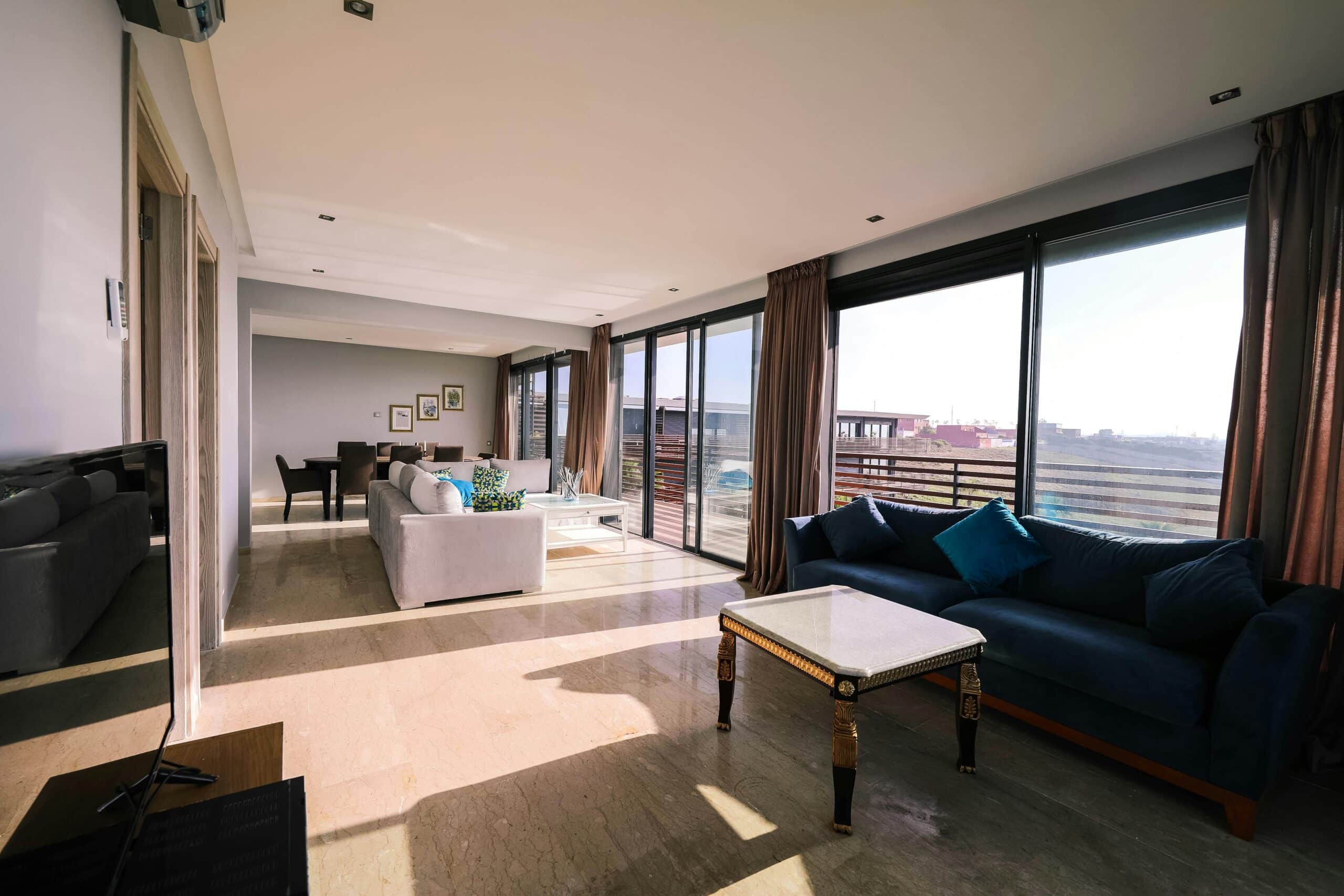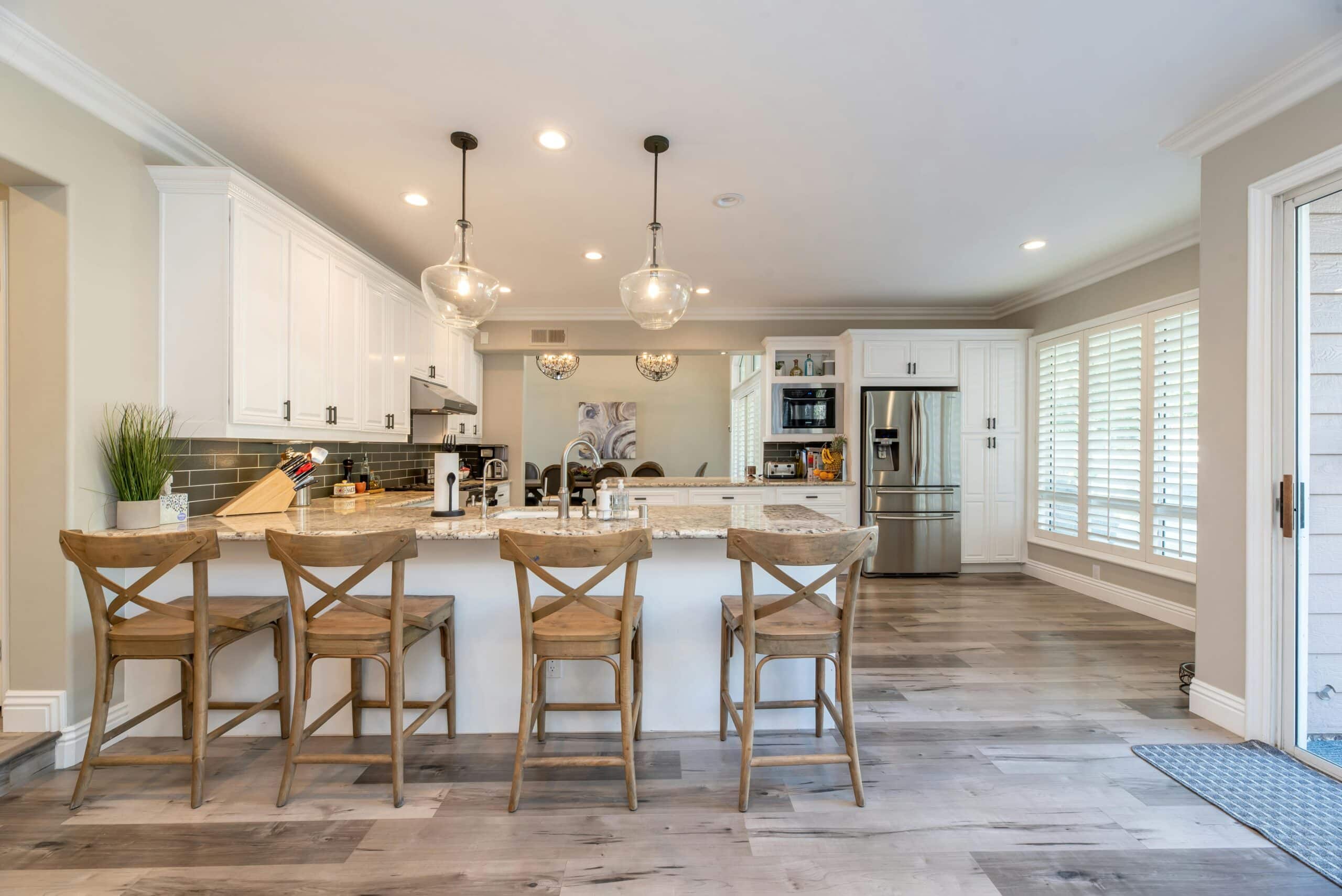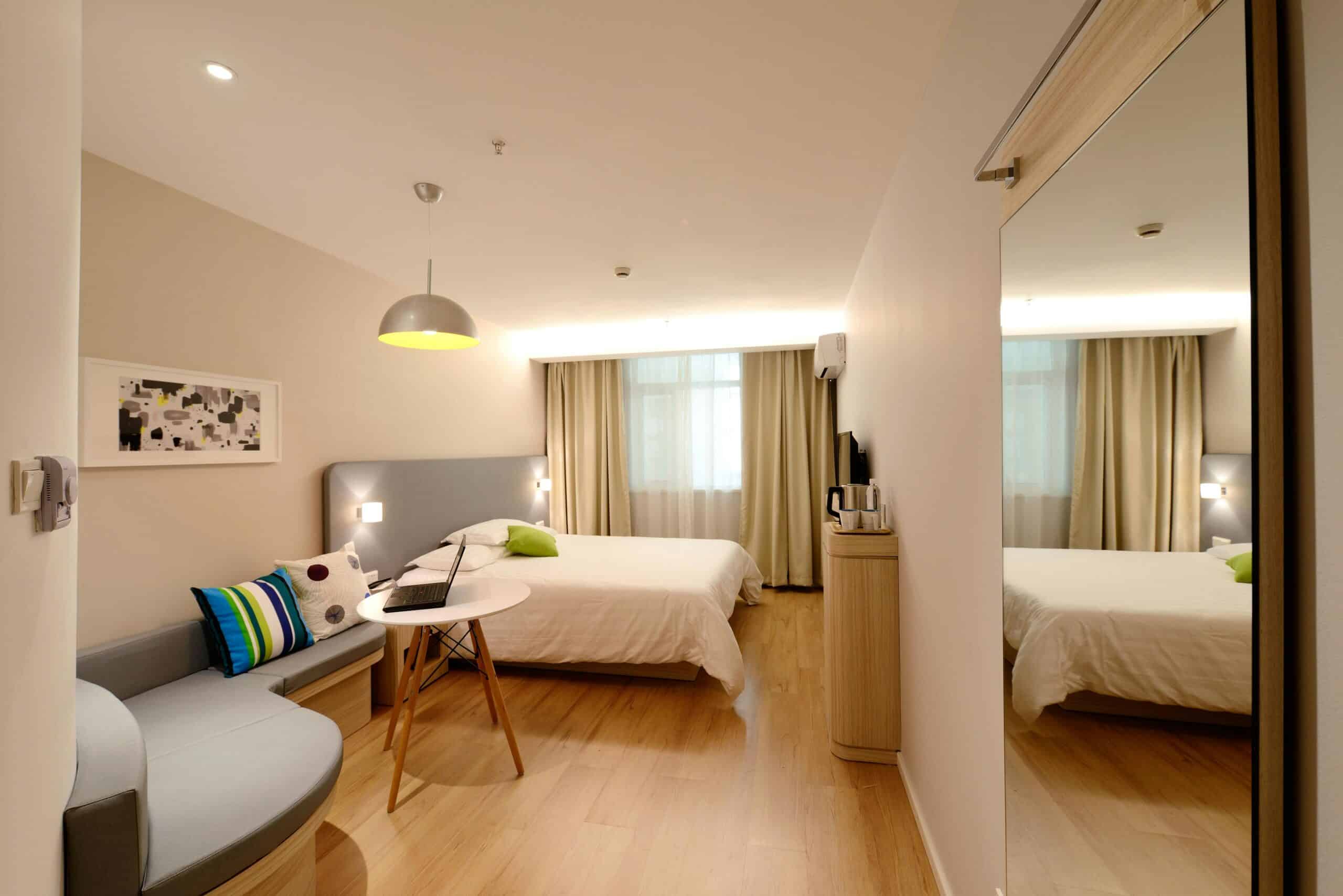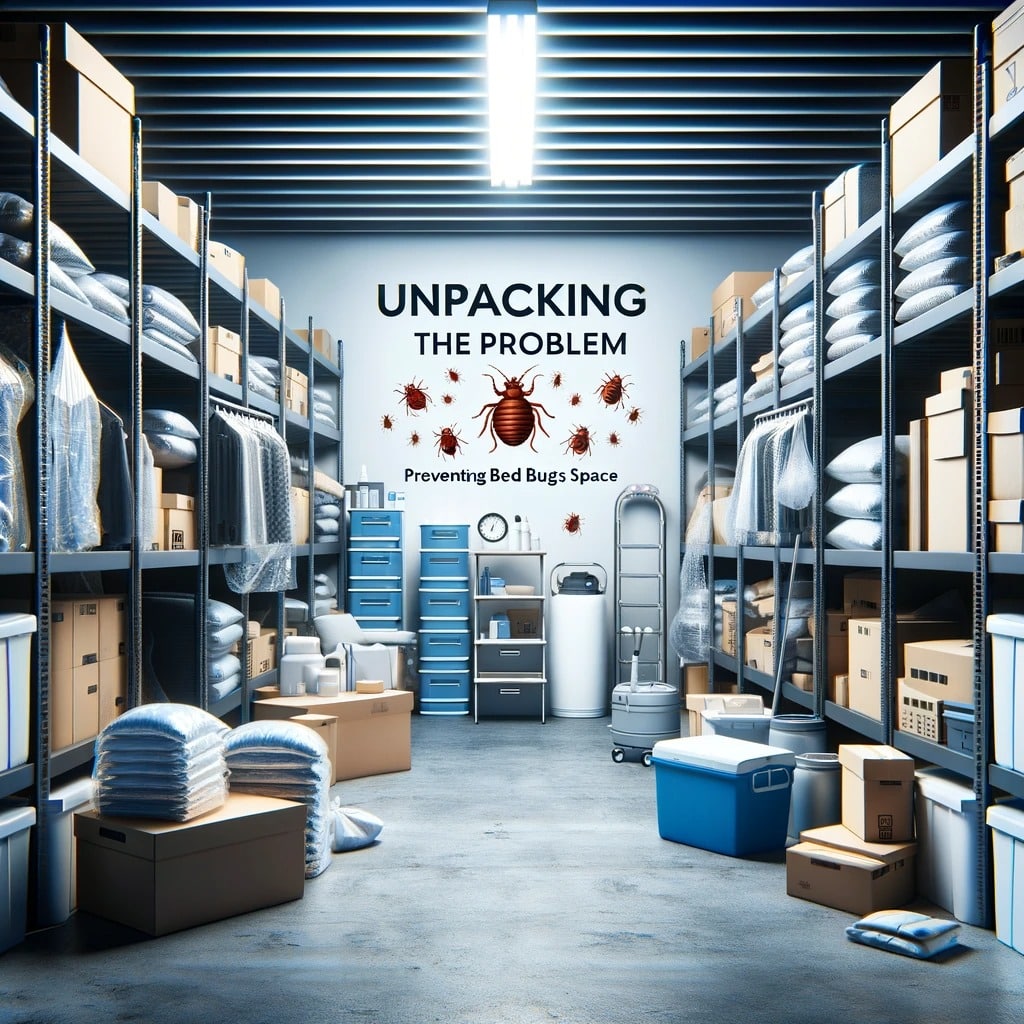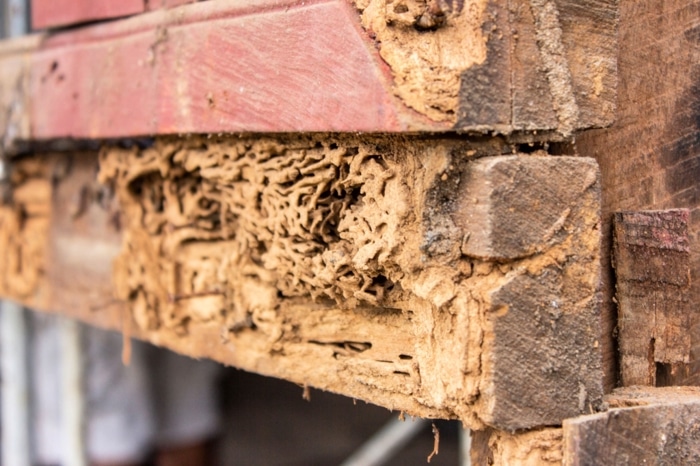Keeping an apartment pest-free is a top priority for everyone, whether you’re a tenant or a property manager. Pests can be more than just an annoyance; they can pose health risks and cause significant damage to property. That’s why having a solid pest control plan is essential. At Pest Share, we understand how important it is to maintain a clean, safe living environment in your rental properties.
This guide will help you create a practical pest control checklist that works for everyone involved.
Understanding the Problem
First, let’s talk about why pest control is so crucial in apartments.
Unlike standalone homes, apartments have shared walls, plumbing, and ventilation systems. This means pests can easily move from one unit to another, making infestations a building-wide issue rather than an isolated problem. Common pests in apartments include cockroaches, ants, rodents, and termites. Each of these pests brings its own set of challenges. For example, rodents can chew through electrical wires, causing potential fire hazards, while termites can weaken the structural integrity of the building.
Pest control isn’t just about comfort—it’s about safety and health. Cockroaches, for instance, can spread diseases like salmonella, while rodent droppings can trigger asthma and other respiratory issues. Effective pest control helps prevent these problems, ensuring a healthier living space for all residents.
If you’re serious about maintaining a pest-free unit, don’t overlook what causes spiders in apartments—learn the triggers and solutions that can keep them out for good.
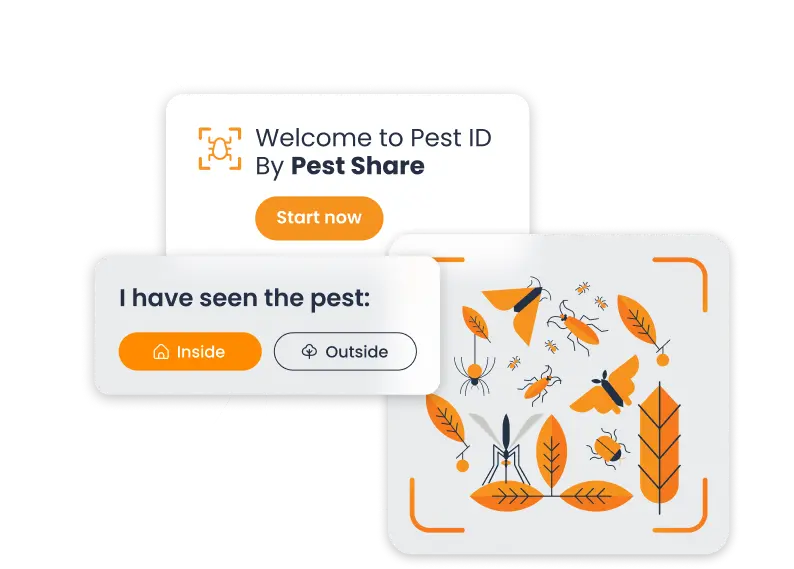
No More Resident Complaints.
Apartment Pest Control Checklist
Creating a comprehensive apartment pest control checklist is the first step to managing pests effectively. This checklist will help keep your apartment in top shape and pest-free.
Regular Cleaning
One of the simplest yet most effective ways to prevent pests is by keeping your apartment clean. Pests are attracted to food and water sources, so regular cleaning is essential. Sweep and mop your floors frequently, paying special attention to the kitchen and bathroom areas where crumbs and spills are most common. Cleaning kitchen and bathroom surfaces regularly also helps eliminate food residue and moisture that can attract pests.
Another important step is to empty your trash bins regularly. Trash is a magnet for pests, especially if it contains food waste. Make sure to use bins with tight-fitting lids and take out the garbage often to avoid attracting unwanted visitors.
Proper Food Storage
Proper food storage is another critical aspect of pest prevention. Always store food in sealed containers to keep pests out. This includes not only pantry items like cereals and snacks but also pet food. Make sure to clean up spills and crumbs immediately, as even small amounts of food can attract pests.
In addition to storing food properly, be mindful of where you eat and prepare meals. Try to keep food consumption to the kitchen and dining areas, and clean up thoroughly after meals. This will help minimize the spread of food particles throughout your apartment.
Maintenance and Repairs
Regular maintenance and timely repairs are vital in preventing pests from entering your apartment. Pests can enter through the smallest cracks and gaps, so it’s important to inspect your apartment regularly and seal any openings you find. Pay close attention to areas around windows, doors, and plumbing fixtures, as these are common entry points for pests.
Fixing leaks and drips promptly is also crucial. Standing water and excess moisture can attract pests like cockroaches and ants. Ensure that all plumbing is in good working order and that there are no leaks under sinks or behind appliances. Additionally, make sure that your apartment is well-ventilated to prevent moisture buildup.
Seasonal Pest Control Checklist for Apartments
Different seasons bring different pest challenges. Having a seasonal pest control checklist can help you stay ahead of potential problems throughout the year.
Spring
Spring is when many pests become more active. Start by checking for ants and termites, as they often swarm during this time. Inspect the exterior of your apartment for any signs of termites, such as mud tubes or damaged wood. Cleaning gutters is also important to prevent water buildup, which can attract pests.
Summer
Summer is the peak season for mosquitoes and flies. Inspect your apartment for standing water where mosquitoes can breed. This includes checking plant saucers, pet bowls, and other containers. Make sure your window screens are intact to keep flying pests out. You might also want to consider using fans or air conditioning to reduce humidity, as many pests thrive in moist environments.
Fall
As the weather cools, rodents and other pests look for warm places to stay. Inspect your apartment for any potential entry points and seal them up. This includes checking for gaps around doors, windows, and pipes. Trim bushes and trees that are close to the building to prevent pests from using them as bridges to get inside.
Winter
Winter can bring indoor pests like cockroaches and spiders. Keep basements and attics dry and well-ventilated to prevent these pests from settling in. Store firewood away from the building and off the ground to deter pests from nesting there. Regularly inspect storage areas for signs of pests and take action immediately if you find any.
How to Prepare for a Pest Inspection?
Preparing for a pest inspection ensures that the process goes smoothly and effectively. Here are some tips to help you get ready.
Declutter Areas to be Inspected
Before the inspection, clear out clutter from areas that need to be checked. This includes moving furniture away from walls and cleaning out closets. Pests love hiding in clutter, so making these areas accessible will help the inspector do a thorough job.
Inform Tenants of Inspection Date
If you’re a property manager, make sure to inform tenants about the upcoming inspection. Provide them with the date and time, and let them know what to expect. This helps ensure that everyone is prepared and that the inspector can access all necessary areas.
Ensure Easy Access to All Rooms
Make sure that all rooms and areas are accessible for the inspector. This includes unlocking storage rooms, basements, and attics. If there are any pets in the apartment, consider securing them in a safe place during the inspection to avoid any interruptions.
Pest and Building Inspection Tips
Regular pest and building inspections are key to maintaining a pest-free apartment. Here are some tips to make the most of these inspections.
Schedule Regular Inspections
Set up a schedule for regular inspections, ideally every quarter. This helps catch any potential pest problems early before they become major issues. Consistent inspections also ensure that your apartment remains in good condition year-round.
Document Any Pest Sightings
Keep a log of any pest sightings, including the type of pest, location, and date. This information can help the inspector identify patterns and potential problem areas. Sharing this log with the inspector can lead to a more effective pest control plan.
Use a Professional Pest Control Service
While DIY pest control methods can be helpful, using a professional pest control service is often the best way to ensure thorough and effective treatment. Professionals have the expertise and tools to handle a wide range of pest issues and can provide long-term solutions.
Tenant Pest Control Checklist
Tenants play a crucial role in keeping an apartment pest-free. Here’s a simple apartment inspection checklist for tenants to follow:
Report Pest Sightings Immediately
If you see any pests, report them to your property manager right away. Early reporting can prevent a minor problem from becoming a major infestation.
Keep Living Areas Clean
Regular cleaning helps prevent pests. Sweep and mop floors, and make sure to clean up crumbs and spills, especially in the kitchen. Don’t forget to take out the trash regularly and use bins with tight-fitting lids.
Follow Landlord’s Pest Control Policies
Stick to the pest control guidelines set by your landlord. These rules are there to help keep the whole building pest-free. If you’re supposed to do something specific, like keep certain areas clutter-free, make sure you do it.
Termite Inspection Checklist
Termites can cause serious damage, so regular inspections are vital. Here’s what to look for during a termite inspection:
Look for Mud Tubes
Check the foundation of your building for mud tubes, which are a sign of termites. These tubes are usually found on exterior walls, crawl spaces, and basement walls.
Check Wooden Structures for Damage
Inspect wooden parts of your apartment, like baseboards, window sills, and door frames, for signs of damage. Termites eat wood from the inside out, so tap on wood structures and listen for a hollow sound.
Schedule Annual Professional Inspections
Even if you don’t see signs of termites, it’s a good idea to have a professional inspection at least once a year. Professionals can spot early signs of termites that you might miss.
Keeping your apartment pest-free is a team effort, and it starts with a good plan. Following this handy checklist helps ensure a clean, safe, and comfortable living space. Remember, regular cleaning, proper food storage, and timely maintenance go a long way. If you spot any pests or have concerns, don’t hesitate to report them.

